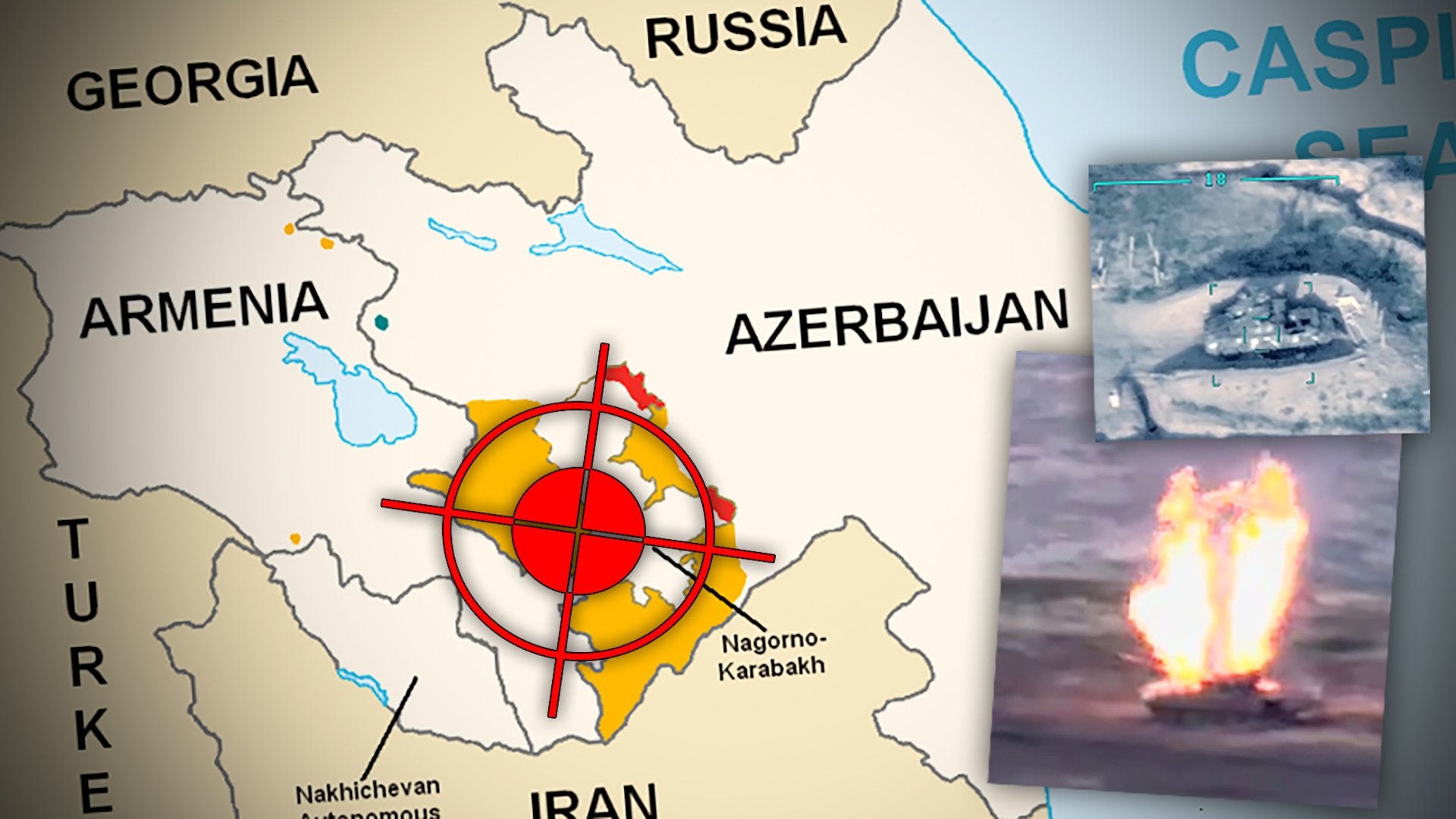A new major conflict has erupted between Armenia and Azerbaijan over the long-disputed mountainous Nagorno-Karabakh region, with casualties being reported on both sides after just two days of fighting. The Azerbaijani military says that its expanding drone fleet, which may now include Turkey’s increasingly popular Bayraktar TB2, has been particularly active already, destroying multiple Armenian mobile air defense systems, tanks, and other vehicles. Armenian-backed forces have also destroyed a number of Azerbaijani tanks and other military vehicles using anti-tank guided missiles.
This latest round of fighting erupted on Sept. 27, 2020, with reported Azerbaijani attacks at various points along the so-called Line of Contact (LOC) separating them from forces in the self-declared, Armenian-backed Republic of Artsakh, which controls the bulk of Nagorno-Karabakh. Both Azerbaijan and Artsakh have declared martial law and the latter has called for a full mobilization of its armed forces.
Ethnic Armenian authorities in the breakaway region say they have lost at least 59 troops so far and that at least two civilians have died, and that dozens more military personnel and innocent bystanders have been wounded. Azerbaijan has yet to confirm any casualties, but say that there have been civilian casualties from Armenian artillery strikes. Armenian officials say that hundreds of Azerbaijani soldiers have died.
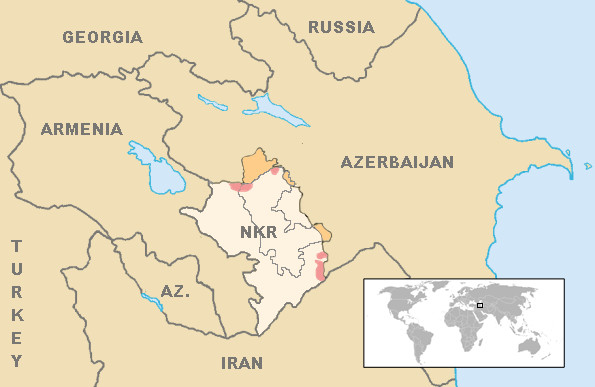
The current dispute over Nagorno-Karabakh, which is broadly recognized as Azerbaijani territory, but has a population that is predominantly ethnic Armenian, traces its roots back to 1988. That year, Soviet authorities moved to shift control of it from Azerbaijan to Armenia, both of which were Soviet Socialist Republics at the time, prompting an outcry from Azerbaijan. The reversal of that decision the following year did not quell tensions and ethnic Armenians declared the region to be an independent state in 1991 amid the collapse of the Soviet Union. This led to an all-out war between Armenian and Azerbaijan.
Though a ceasefire deal came into effect in 1994, there have been major outbreaks of fighting, as well as persistent low-level skirmishing, since then. The last relatively large clashes came in 2016. There had been a worrisome burst of violence in July of this year, as well.
There has been little independent confirmation of any personnel losses or how much territory either side may have captured or recaptured already in this latest round of fighting. However, both sides have released numerous videos showing the destruction of various military vehicles.
Azerbaijan’s Ministry of Defense has released a succession of videos showing apparent drones strikes on Republic of Artsakh and Armenian forces. Other videos and photographs have also emerged on social media. Notably, Azerbaijani forces appear to have destroyed at least six 9K33 Osa and three 9K35 Strela-10 short-range air defense systems, both of which are Russian-made designs known to NATO as the SA-8 Gecko and SA-13 Gopher, respectively.



Though Azerbaijani authorities have not said what type of drones have been employed in these strikes, it is likely that they involve Turkish-made Bayraktar TB2s, which the country reportedly began the process of acquiring in June. The TB2, which is capable of launching small precision-guided munitions, has already proven itself in combat, especially against short-range air defenses, in Syria and Libya. In both countries, these unmanned aircraft have been responsible for the destruction of numerous Russian-made Pantsir-S1 air defense systems, among other targets.
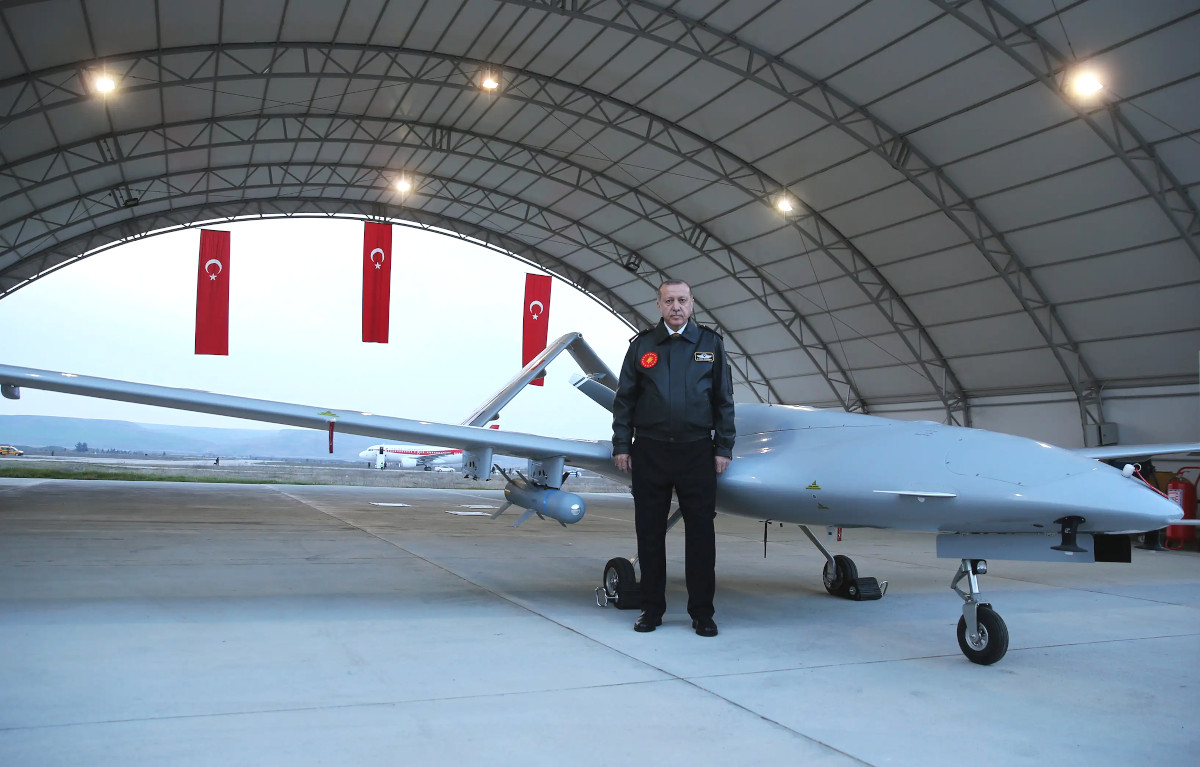
Azerbaijan has also acquired an increasing number of other kinds of drones over the years, including Israeli-made loitering munitions, such as the Israel Aerospace Industries (IAI) Harop. It’s unclear if any of these have been employed in strikes so far, but they have been used in skirmishes in Nagorno-Karabakh in the past. Armenia does not have anywhere near the drone capabilities that Azerbaijan does and operates no armed types.
Other Azerbaijani drone and artillery strikes have damaged or destroyed multiple T-72 tanks, BMP-1 and BMP-2 infantry fight vehicles, trucks, and artillery pieces belonging to Armenian and Republic of Artsakh forces.





Videos also show Armenian and Republic of Artsakh forces destroying or damaging a number of Azerbaijani T-72 tanks, as well as BMP-1 and 2 infantry fighting vehicles and at least one BTR-82 wheeled armored personnel carrier, using anti-tank guided missiles. These weapons have seen an explosion of use in various conflicts in recent years, especially in Syria on all sides, where they have proven to be a critical force multiplier and valuable multi-purpose tools, especially for non-state groups. In the mountainous terrain of Nagorno-Karabakh, which is already difficult for heavy armored vehicles to traverse, they appear to already be showing their worth against Azerbaijani ground forces.


Armenian forces also claim to have shot down four Azerbaijani helicopters, one of which was reportedly an Mi-8 Hip transport, as well as various drones. Azerbaijani authorities have acknowledged the loss of one helicopter, but said that the crew survived. There is an unconfirmed video circulating online of what is said to be the crash site.
There have been a host of other so-far unsubstantiated claims emanating from the region, as well, including claims for authorities in the Republic of Artsakh that Turkish F-16 fighter jets are actively taking part in the fighting and that Turkey has dispatched Syrian militants to the region bolster Azerbaijani forces.
The Turkish Air Force did send F-16s to Azerbaijan at the end of July for an exercise there. The Turkish government has also facilitated the movement of thousands of individuals from Syria to Libya to fight in that country on behalf of its U.N.-recognized Government of National Accord (GNA).

Both Armenia and Azerbaijan do have their own arsenals of more advanced weaponry that do not yet appear to have made an appearance in the conflict, including combat jets from their respective air forces. Last year, Armenia took delivery of the first four of a planned fleet of 12 Su-30SM Flanker fighter jets and it has more than a dozen Su-25 Frogfoot ground attack jets in inventory.
Azerbaijan also has Su-25s, as well as MiG-29 Fulcrum fighter jets. There is a video making the rounds on social media purportedly showing Fulcrums over Armenia’s capital Yerevan, but if that’s the case, these aircraft almost certainly belong to the Russian Air Force, which maintains a detachment of these jets in that country.
Perhaps most concerning are countries’ arsenals of short-range ballistic missiles, which they have both expanded in recent years. Armenia is the first known buyer of Russia’s Iskander-E, an export variant of the Iskander-M quasi-ballistic missile armed with a cluster munitions warhead and with a reduced maximum range of just under 174 miles to comply with the provisions of the Missile Technology Control Regime (MTCR) arms control agreement.
In addition, the Armenian military has a number of Scud and Tochka short-range ballistic missiles it inherited from the Soviet Union. Azerbaijan also gained Tochkas after the breakup of the Soviet Union and has since purchased newer Israeli-made LORA short-range ballistic missiles, as well.
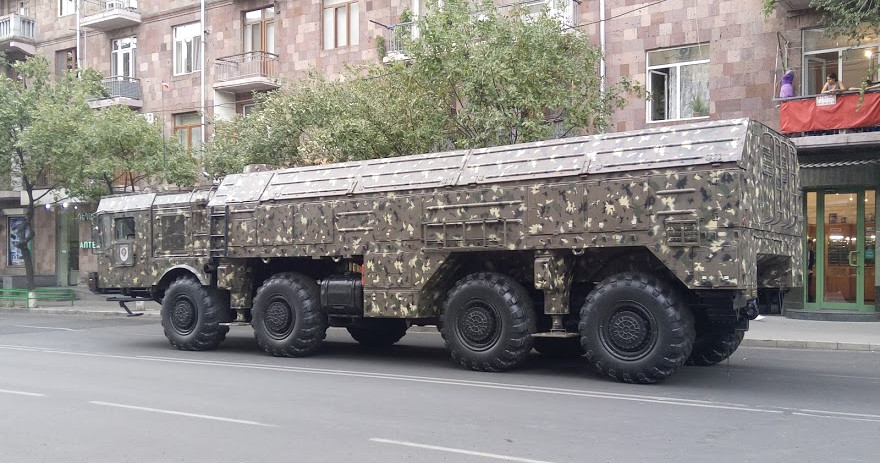
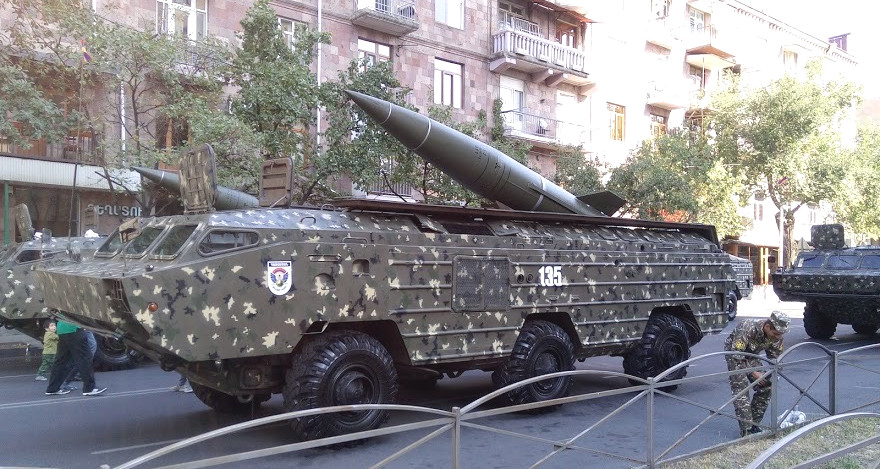
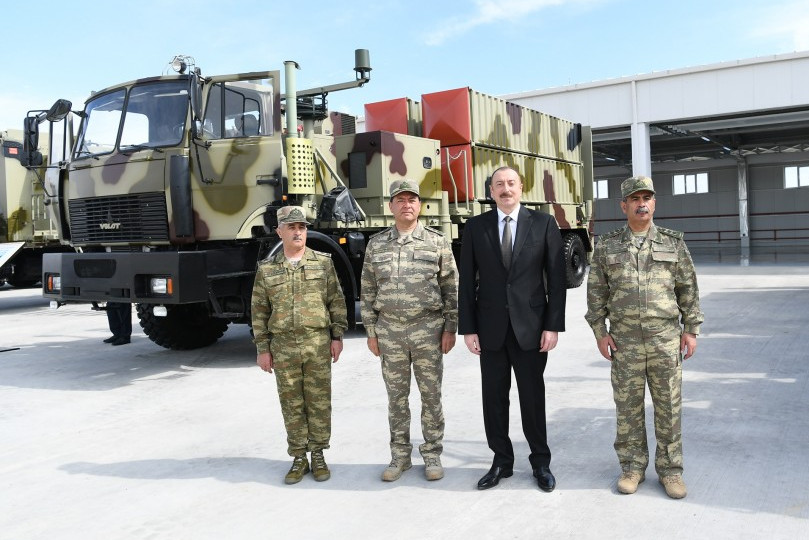
The distance between the westernmost portion of Armenia and the easternmost end of Azerbaijan is less than 350 miles, and Armenia is only around 100 miles across, east to west, as its widest point. All of this means that much of both countries are well within the range of the other’s ballistic missile arsenals, raising the prospect that either side could choose to employ them against large, fixed bases or other similar targets if the conflict escalates. Since the fighting began this weekend, the Armenian Ministry of Defense has threatened to use its Iskanders, if necessary.
There are also already reports from Azerbaijan that Armenian artillery has targeted critical infrastructure, including power and natural gas-related facilities. There have been concerns in the past fighting could threaten various pipelines that carry natural gas and oil out of Azerbaijan toward other countries, including those in Europe.
It remains unclear how the conflict may evolve in the coming days and weeks. Azerbaijan’s dictatorial President Ilham Aliyev has already made ominous statements indicating he is looking to recapture all, or at least a significant portion, of Nagorno-Karabakh in this new burst of fighting. There have been appeals to Armenian nationalist sentiment, as well as that country’s predominant Orthodox Christian faith, as well. Azerbaijan is a majority Muslim country.
Complex intertwined geopolitics will play a major part in the outcome of the current conflict, with Turkey having already come out very publicly in support of Azerbaijan and Russia, a prominent supporter of Armenia, having come out in opposition to the fighting. However, officials in Ankara and Moscow have worked to defuse tensions in the region in the past and it is very possible they could do the same here. This would mirror how Turkish and Russian authorities have engaged with each other over Syria and Libya even while their respective clients in those countries have been actively fighting each other.
Iran, which has also cultivated ties with Armenia, in no small part due to its separate territorial disputes with Azerbaijan, has also offered to mediate between the sides to bring the new conflict to an end. The United States, as well as various other countries and international organizations, have also called for an end to the fighting and a return to the previous status quo.
In the meantime, Azerbaijani drones and Armenian ATGM teams, among other forces on both sides, are continuing to inflict significant losses on each other as fighting rages on in Nagorno-Karabakh.
Contact the authors: joe@thedrive.com and thomas@thedrive.com
